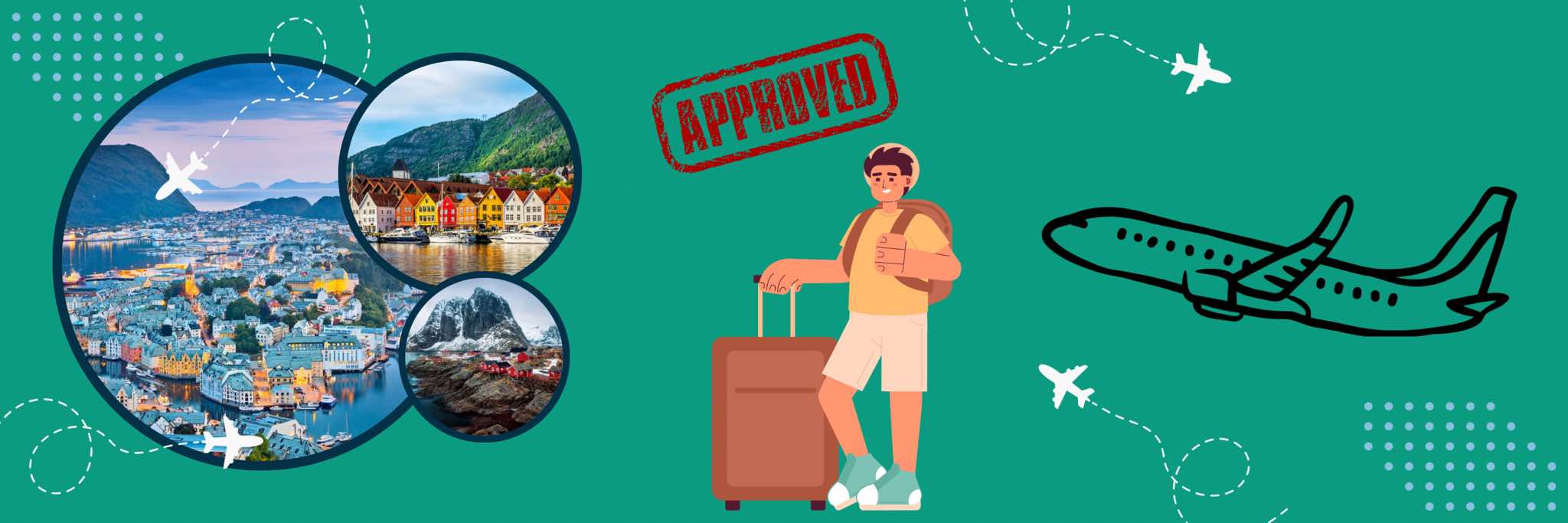Introduction
Completing your studies in the U.S. is a major achievement, but what’s next? Many international students want to stay and work in the U.S. after graduating. Transitioning from a student visa (F-1) to a work visa requires understanding the options available and taking timely steps. This guide will walk you through the process to secure your future in the U.S.
Need help with your visa transition? Contact VisasPlus for expert assistance!
1. Key Work Visa Options for F-1 Students
1.1 H-1B Visa (Specialty Occupations)
- Eligibility: Requires a U.S. employer to sponsor you for a role requiring specialized skills (e.g., IT, engineering, research).
- Duration: Initially 3 years, extendable to 6 years.
- Cap: 85,000 visas issued annually (with 20,000 reserved for U.S. master’s degree holders).
- Important Dates:
- Application begins in March (employers must enter you in the H-1B lottery).
- Employment begins in October for selected applicants.
Pro Tip: Secure an H-1B job offer early to give your employer time to prepare the paperwork.
1.2 Optional Practical Training (OPT)
- Eligibility: Available to F-1 students after completing their degree.
- Duration:
- 12 months for most fields.
- 24-month extension for STEM graduates (Science, Technology, Engineering, Math).
Important: Use OPT as a stepping stone to apply for an H-1B or another work visa.
1.3 O-1 Visa (Extraordinary Ability)
- Eligibility: For individuals with extraordinary achievements in their field (e.g., research, sports, arts, education).
- Examples of Supporting Documents:
- Awards or publications in top journals.
- Recommendations from industry experts.
1.4 Other Work Visas
- L-1 Visa: For international employees transferring to a U.S. office.
- E-2 Visa: For individuals investing in a U.S. business (depends on nationality).
- Employment-Based Green Cards: For those pursuing permanent residency through employment.
2. Step-by-Step Guide to Transitioning from a Student Visa to a Work Visa
Step 1: Plan Ahead During Your OPT Period
- Apply for OPT Early:
- File Form I-765 (Application for Employment Authorization) at least 3 months before your graduation date.
- Seek Employment Quickly:
- F-1 students on OPT cannot remain unemployed for more than 90 days.
Pro Tip: Look for companies with a track record of sponsoring H-1B visas.
Step 2: Find a Sponsoring Employer
- Research industries that hire international graduates (e.g., STEM, finance, healthcare).
- Update your resume and apply to jobs that list “visa sponsorship available.”
- During interviews, ask employers directly if they provide H-1B sponsorship.
Step 3: H-1B Lottery and Filing
If pursuing an H-1B:
- Employer registers you in the H-1B lottery (March).
- If selected, the employer files Form I-129 (Petition for Nonimmigrant Worker).
- Await USCIS approval.
Important: If you are on OPT or STEM OPT and your H-1B is approved, you may qualify for a “Cap-Gap Extension,” which allows you to remain employed until your H-1B start date.
Step 4: Maintain Your Status
- Avoid Gaps: Ensure there is no lapse in your work authorization (e.g., expired OPT).
- Travel: Avoid unnecessary travel while your application is pending, as it may affect your visa status.
3. Preparing Your Documents for Work Visa Applications
General Requirements:
- Job Offer Letter: Describes your role, start date, and company details.
- Academic Transcripts and Diploma: Proof of your degree.
- Form I-20: Verify that your Form I-20 is updated with your current information.
- Form I-765 (for OPT) or Form I-129 (for H-1B): Completed application forms.
- Supporting Evidence:
- Resume/CV with professional experience.
- Employer sponsorship details.
4. Common Challenges and How to Overcome Them
Limited H-1B Slots:
- Solution:
- Apply for jobs early and consider backup options like O-1 or L-1 visas.
Employer Hesitation to Sponsor Visas:
- Solution:
- Apply to industries known for hiring international graduates (e.g., tech, finance, research).
- Highlight your value during interviews (e.g., your language skills, technical expertise).
Delayed Processing:
- Solution:
- Consider premium processing to expedite the H-1B decision (typically within 15 days).
5. Frequently Asked Questions (FAQs)
- Can I switch to an H-1B while on OPT?
- Yes, your employer must register you in the H-1B lottery. If selected, your OPT can be extended until your H-1B starts (cap-gap extension).
- What happens if I don’t get selected for the H-1B?
- You can remain in the U.S. under OPT until your authorization expires or explore other visa options (e.g., O-1 or L-1).
- How long does the H-1B process take?
- The H-1B petition process can take several months, but premium processing can reduce it to 15 days.
- Can I apply for permanent residency after my work visa?
- Yes, many H-1B holders apply for employment-based green cards after securing sponsorship from their employer.
6. Conclusion and Final Steps
Transitioning from a student visa to a work visa requires careful planning and attention to deadlines. Make sure to maximize your OPT period, secure sponsorship early, and stay informed about your options.
Need guidance with your work visa application?
VisasPlus is here to assist you every step of the way. Contact us today!

